Desiree Erasmus, bird story agency
In April, storms lashed South Africa’s port city of Durban, claiming 460 lives and displacing 6000 people. More than 8000 houses, many informal and built on unstable foundations, went sliding down the city’s hills as the rains poured. Climate reports say these were among the worst weather events across the continent this year.
Some 40 km north of Durban and located on the uTongathi River, the town of Tongaat was established by British sugar barons to house indentured labourers – mostly from India – in the nineteenth century. Later, it became a haven for liberation struggle leaders. Activism runs in its veins like sugar through cola.
When the rains came and the eThekwini metropolitan government didn’t know what to do, that history of activism served the community well. Residents stepped in, arranging their own water tankers, making places of refuge and engaging in human solidarity. But after 200 days of being without water, the community took things up a notch, once again digging deep into its history of activism.
Tongaat knows hard times. From colonialism and the near-slavery of indentured labour to now being the ground zero of climate change in South Africa, the area’s residents are no strangers to struggle. That’s coming in handy.
A renewed wave of direct action surged through the small town, as the community found itself having to fight the province’s metropolitan municipality to reconnect its water supply nearly six months after the disaster. Using a combination of court action, protest and news media coverage, the Tongaat Civic Association is managing to place the predominantly farming and rural community onto the national agenda with one simple objective in mind – to get the taps working again.
After a series of protests – including one in which residents symbolically burned a plastic water tank supplied by authorities – they have finally been given timelines and a temporary solution until the community is again connected to the eThekwini metro water grid. The do-it-yourself community meanwhile sourced their own water tankers when the city government’s tankers did not arrive.

Tongaat Civic Association chairman, Don Perumal, told the bird agency that the community was not angry with the metro because of the devastation caused by the flood – and the unprecedented four days of persistent downpours blamed on climate change – but rather because of the indifference of politicians and officials.
“We were forced to act and bring city and government officials around the table, otherwise we would be nowhere near a solution to bring water back to the area,” said Perumal.
The area’s poorly maintained and aged water, sewerage and electricity infrastructure all took a beating during the storm, with upgrades and replacements still taking place.
Within 24 hours of the protests, which took place after 135 days without water and made national headlines, the provincial minister for co-operative governance and traditional affairs, Sihle Zikalala, along with the national minister for water and sanitation, Senzo Mchunu, and eThekwini mayor Mxolisi Kaunda, met with the community.
“One of the quick fixes we had been asking for was that the city diverts some water into our local reservoir from a major water pipeline that ran right past Tongaat. They had refused to do so. It was only after the protest action that they agreed to undertake this by 15 September. However, by 8 September no work had commenced and we were again forced to have our lawyer write to them, threatening legal action if they did not complete the tie-in by the agreed date,” said Perumal.
The pipeline runs from a local dam to a number of affluent towns on the north coast. Engineers, under pressure from the community, completed a tie-in for Tongaat and water was finally diverted to the Mamba Reservoir, which services the northern areas of Tongaat.
“Over 10,000 people benefited from this tie-in. It was only because of our sustained pressure and action that it was completed. Until then we had been without water for 160 days,” said Perumal.
“We have employed a multi-pronged approach that includes writing letters to the city, going on a national media blitz, protesting and issuing legal threats. It is what has worked. We don’t want to be friends with the city. We are doing business with them and we demand we get the services we pay for.”
Some parts of the town now have water but the security of supply is not guaranteed; Perumal and other community leaders said they were keeping an eye on October.
“We were told after the protest action that the oThongathi Water Treatment Plant, which was destroyed by the flood and which is our primary source of water, will be completed by October. We will keep the pressure on the city to meet this target,” he said.

Nearly 30 years ago, on 21 October 1994, the Tongaat Civic Association conferred the Freedom of the Town of Tongaat on the country’s greatest global icon – Nelson Mandela. When Mandela was working underground, he used to conduct meetings with the then ANC leader, Chief Albert Luthuli, in Tongaat, where he said he was granted “safe refuge”.
“Tongaat has always had a progressive approach to activism. Even under the years of apartheid, Tongaat was a united community. It has always forged relationships with other communities such as Hambanathi,” said a former deputy mayor and Tongaat activist Logie Naidoo.
“During both the 2021 July unrest (in which 354 people died and the regional economy took a beating in four days of unrestrained looting) and the recent floods, the community came together. From protecting neighbourhoods to providing water and food to the vulnerable, the spirit of community is absolutely amazing. There would have been far more deaths during the floods had this community not taken an active role,” Naidoo said.
“During all of this, the city was nowhere to be seen. Due to work by non-profit organisations such as Gift of the Givers (the renowned philanthropy) and private businesses, we now have 24 boreholes in the area. All the schools have a steady supply of water. It is because of civic activism that all of this has happened. We need to revive that spirit across South African communities, and maybe Tongaat can lead the way,” said Naidoo.
The climate crisis may be worsening but in this part of the world, it is stirring a deep-seated vein of community engagement and activism back into action.













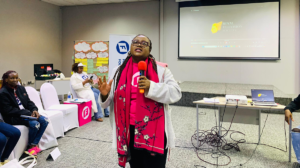









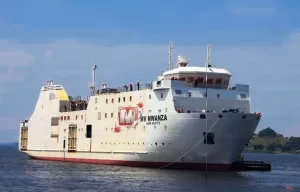









![Egypt, Algeria and Libya set to lead world's ‘green steel’ revolution [Graphics:Hope Mukami]](https://devage.co.zw/wp-content/uploads/2016/03/Egypt_Algeria_and_Libya_set_to_lead_world_s_green_steel_revolution_01-300x211.webp)























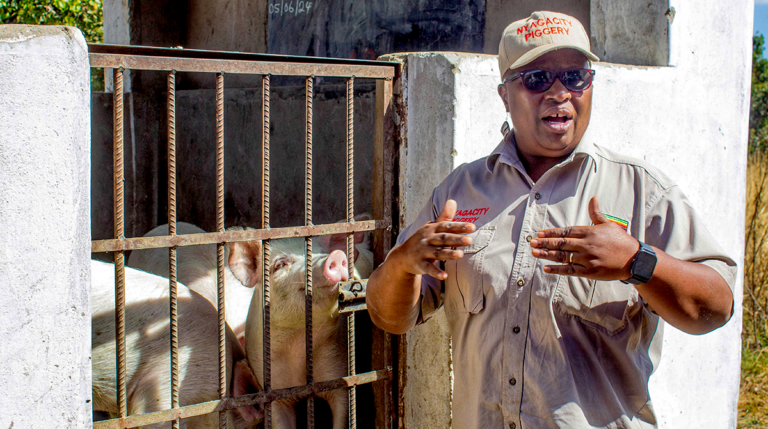











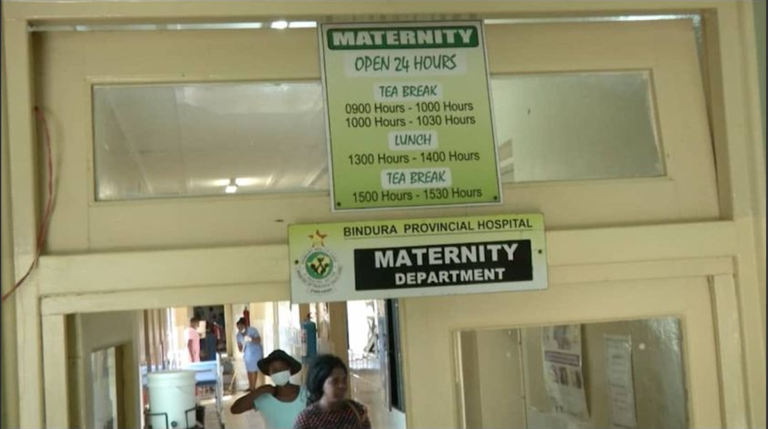





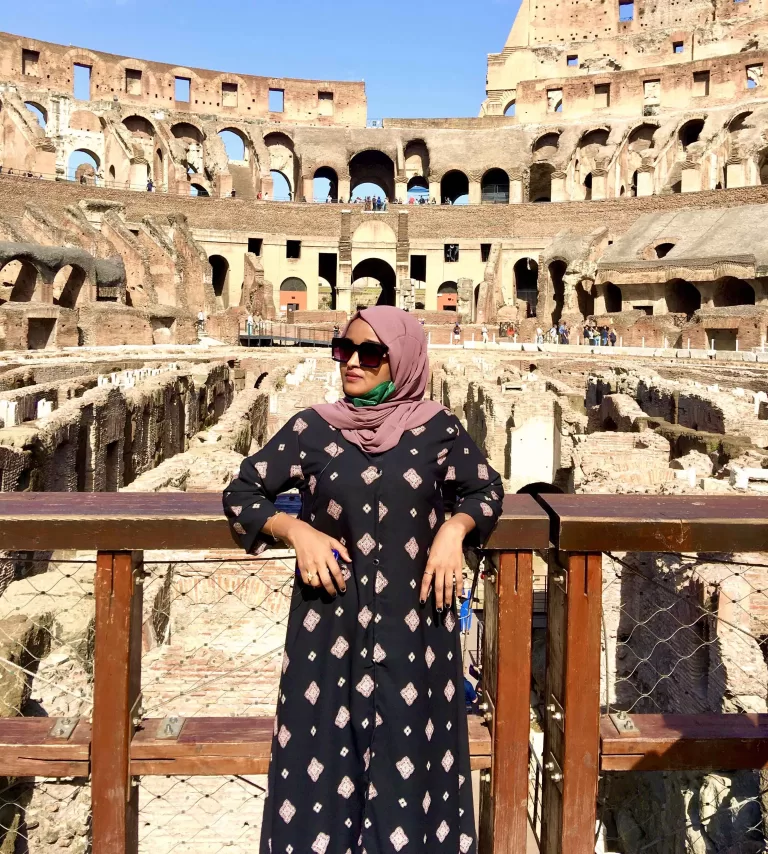



![Egypt, Algeria and Libya set to lead world's ‘green steel’ revolution [Graphics:Hope Mukami]](https://devage.co.zw/wp-content/uploads/2016/03/Egypt_Algeria_and_Libya_set_to_lead_world_s_green_steel_revolution_01-768x540.webp)




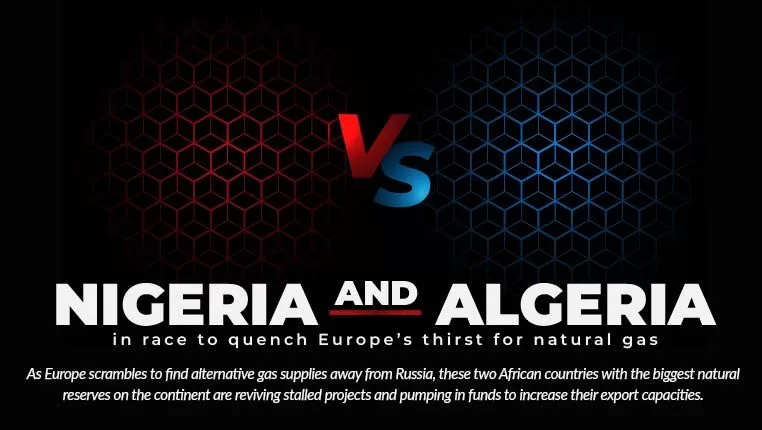

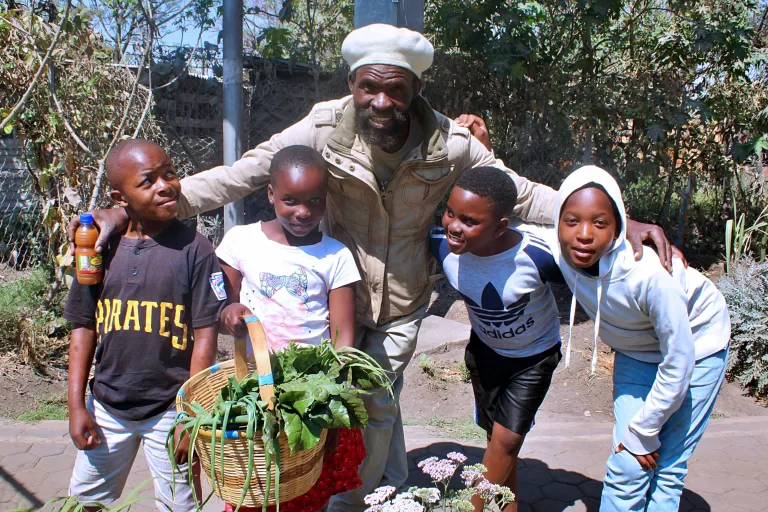
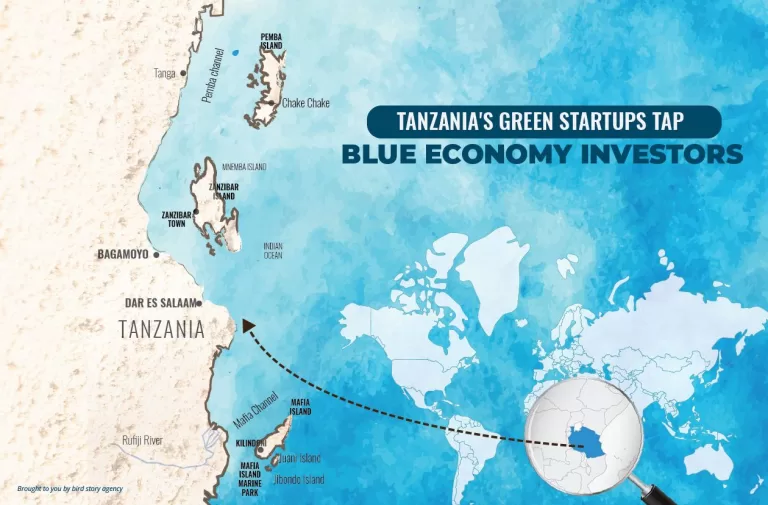






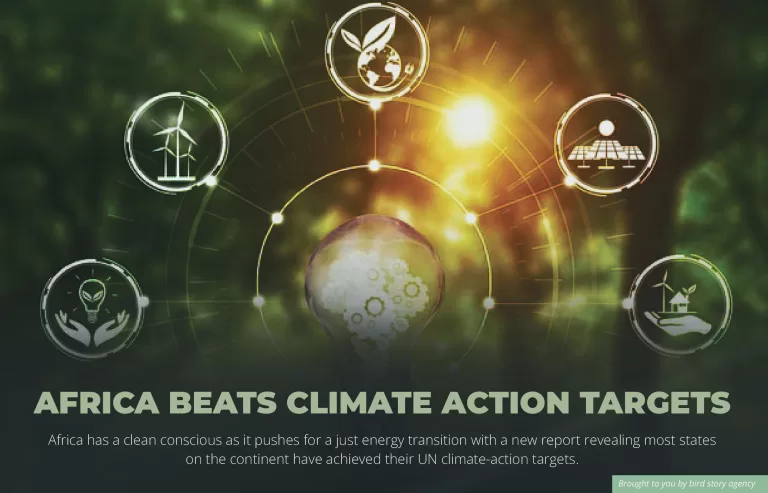

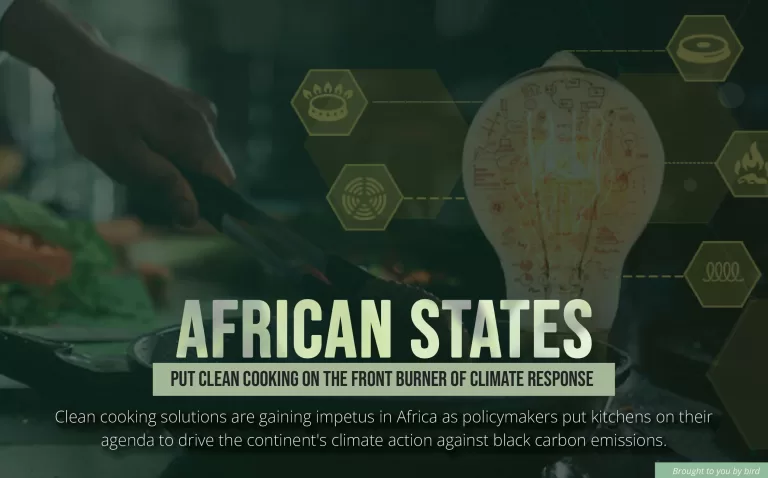









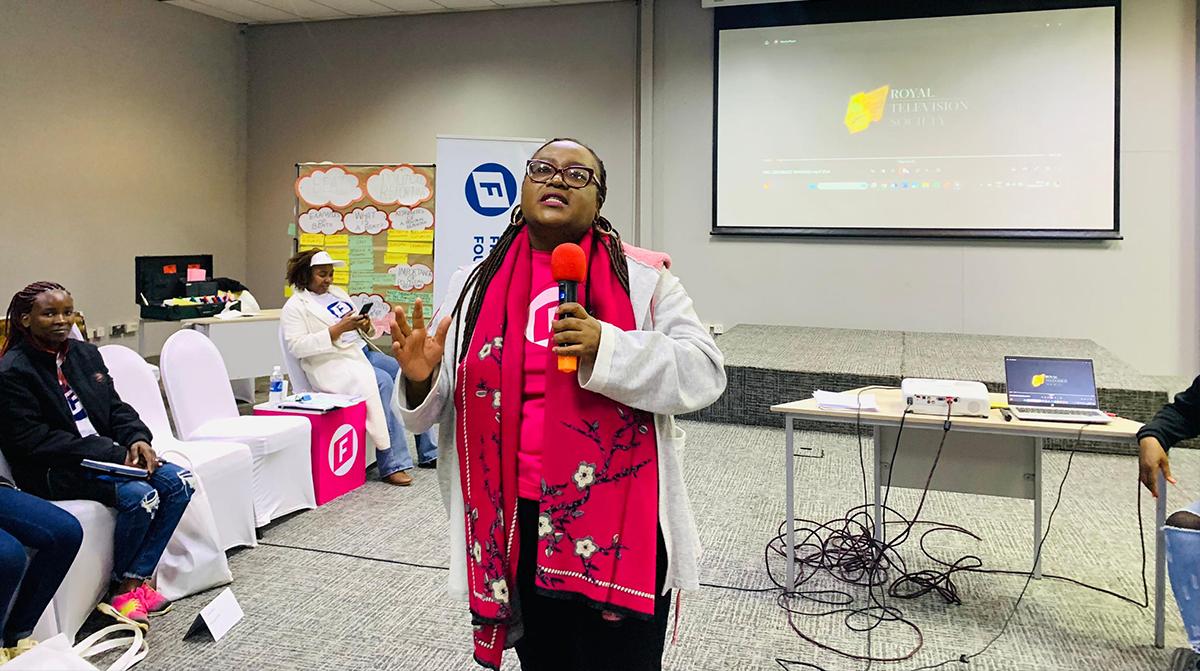




















![Egypt, Algeria and Libya set to lead world's ‘green steel’ revolution [Graphics:Hope Mukami]](https://devage.co.zw/wp-content/uploads/2016/03/Egypt_Algeria_and_Libya_set_to_lead_world_s_green_steel_revolution_01-scaled.webp)

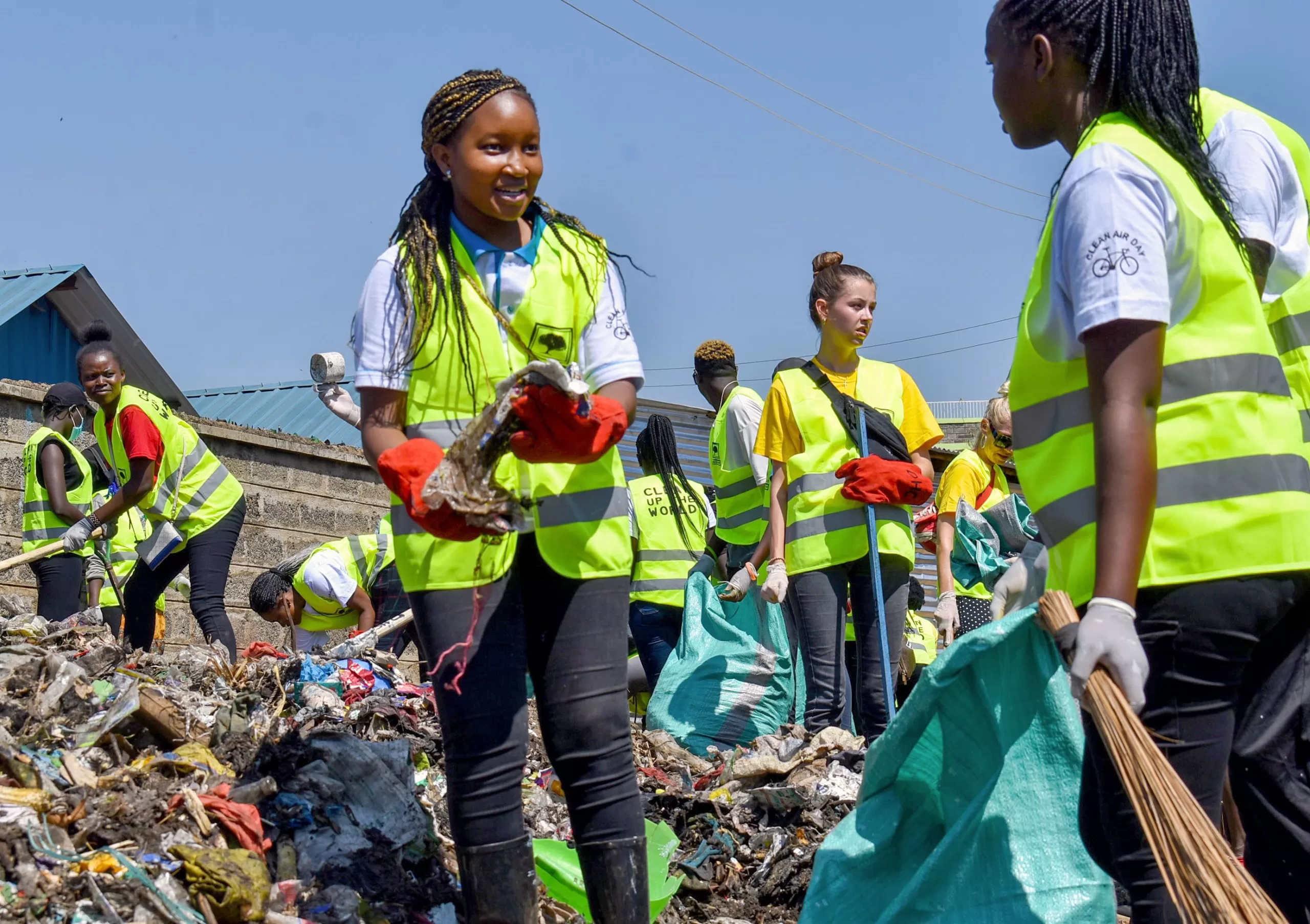
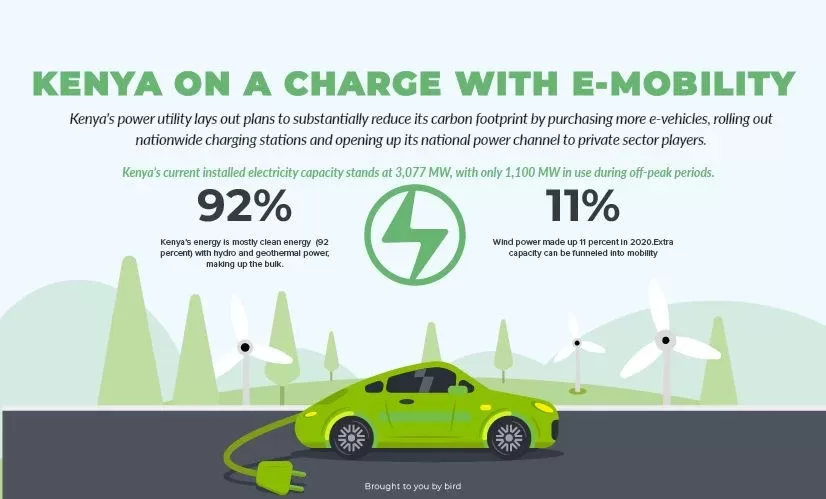

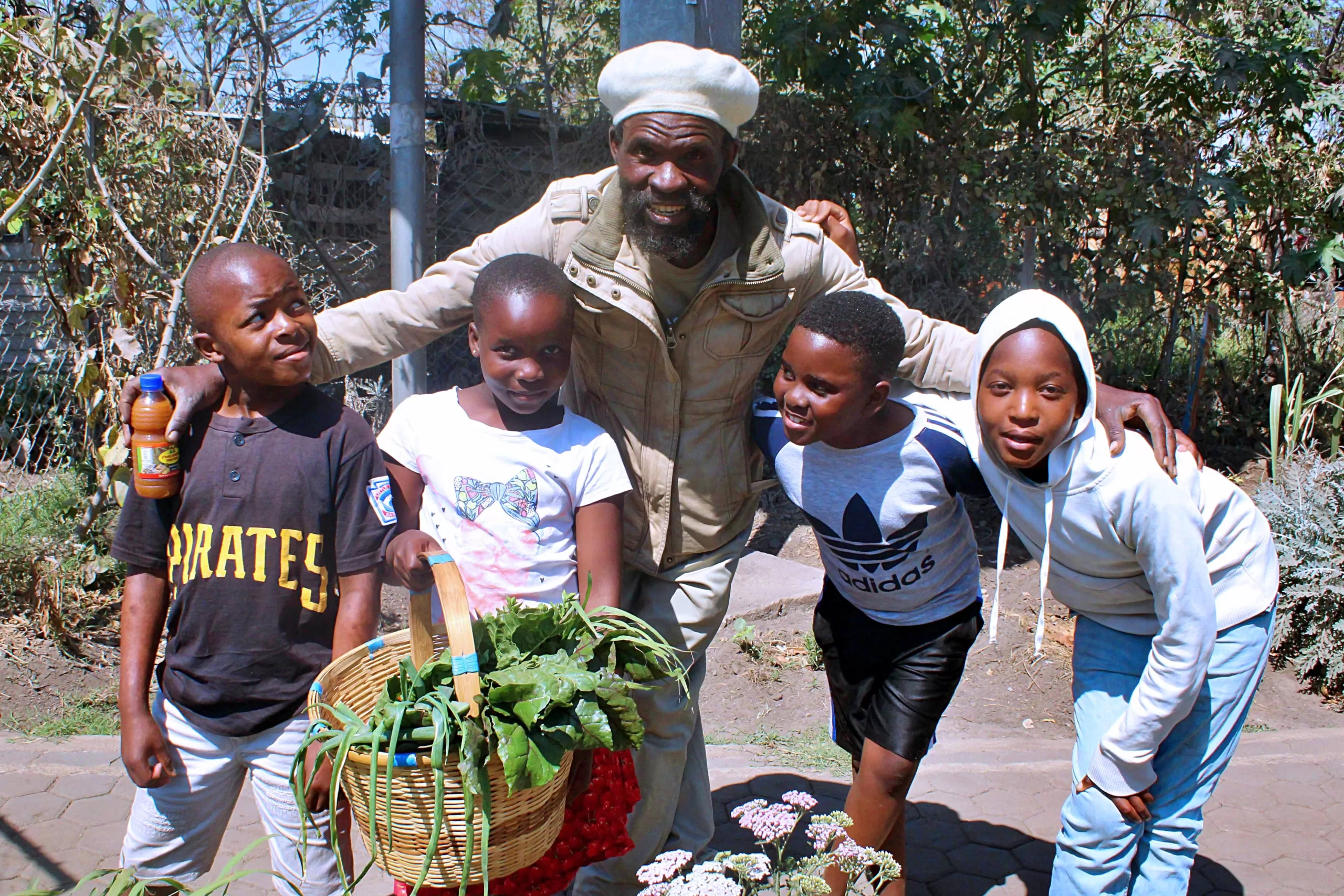





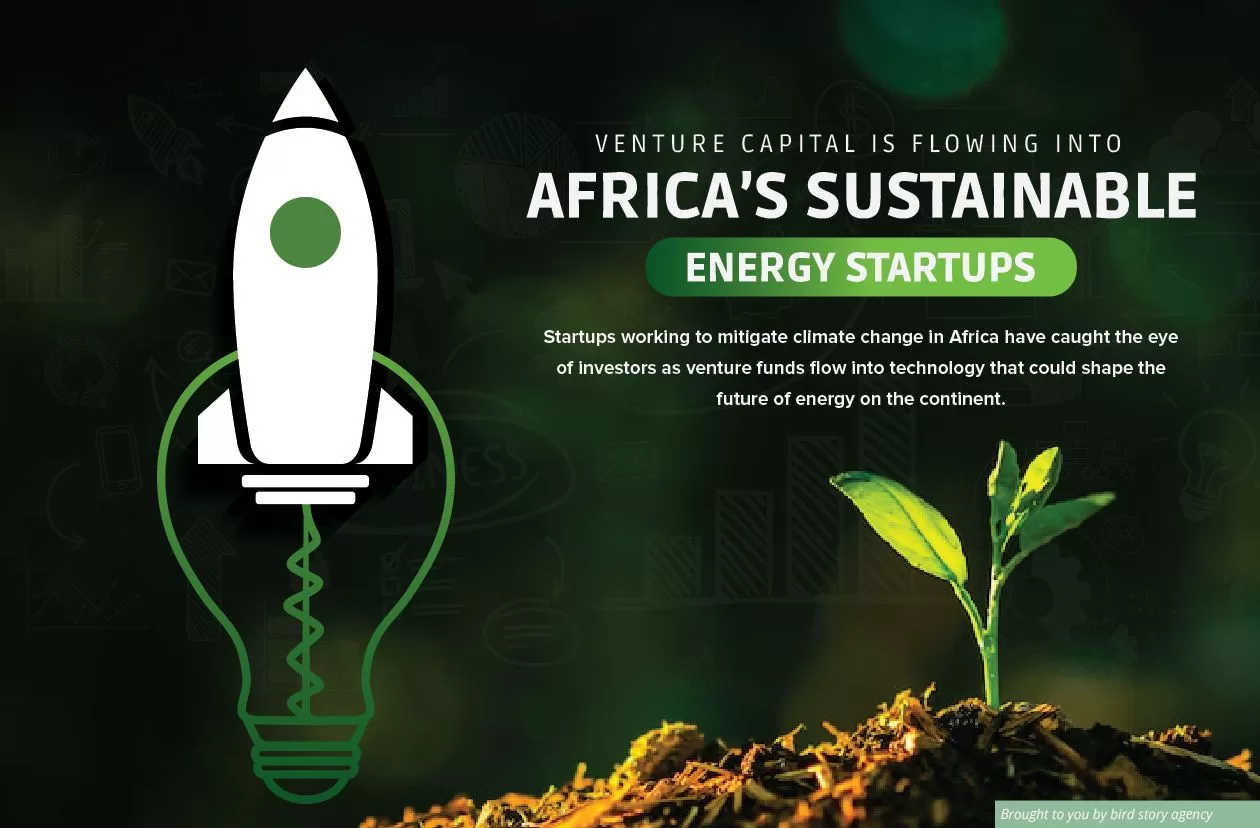









Leave a Reply
You must be logged in to post a comment.